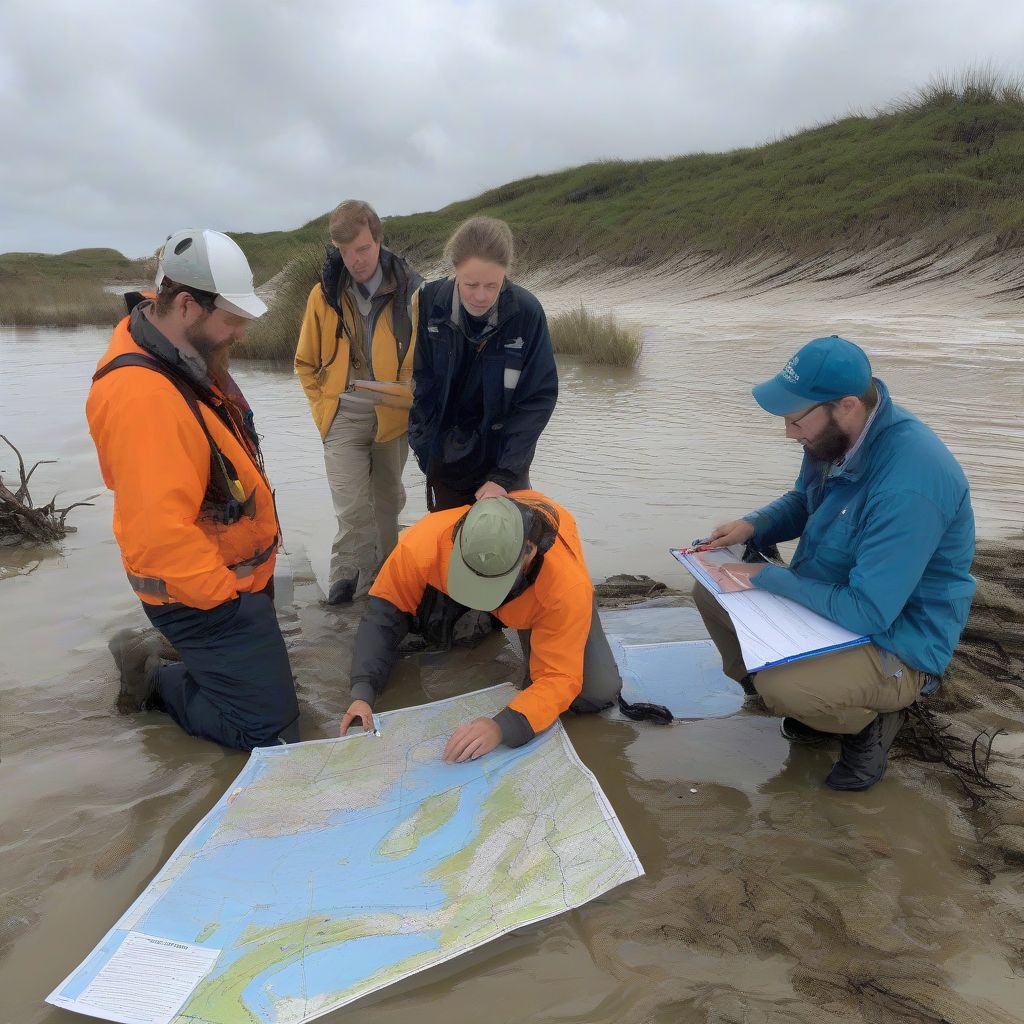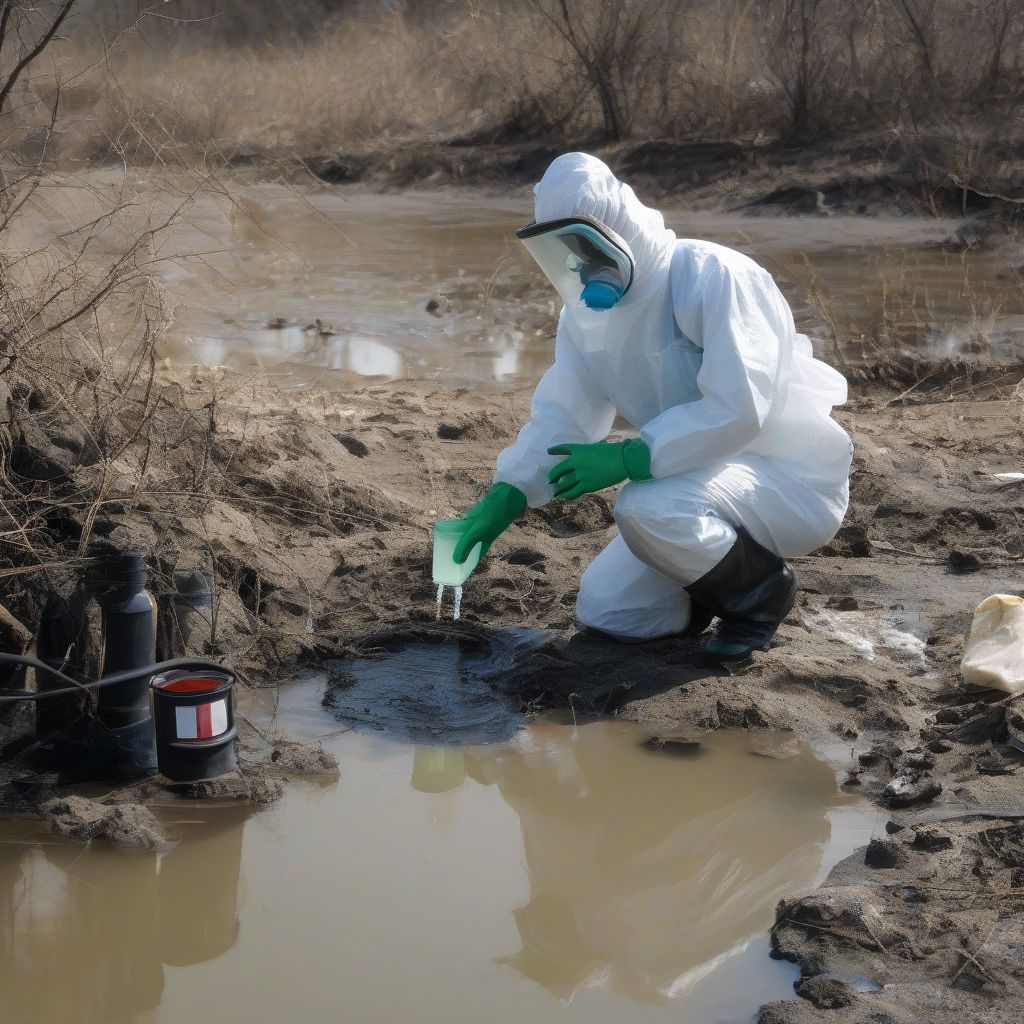Imagine waking up to a news report detailing a devastating earthquake in a nearby city. Buildings are reduced to rubble, roads are impassable, and the death toll is steadily rising. As you grapple with the enormity of the disaster, you might not immediately think about the role of environmental science. However, in the face of such catastrophic events, environmental science emerges as a critical player in understanding, mitigating, and even preventing disasters.
Understanding Disasters Through an Environmental Lens
Environmental science provides the tools and knowledge to comprehend the intricate relationship between humans and the natural world. This understanding is paramount when it comes to disasters, as many are directly linked to environmental processes or human activities that disrupt them.
Identifying Hazards and Assessing Risks
Environmental scientists play a crucial role in identifying potential hazards that can lead to disasters. By studying geological formations, weather patterns, and ecosystems, they can pinpoint areas vulnerable to earthquakes, floods, droughts, or outbreaks of disease. For instance, they can analyze historical data to determine the frequency and intensity of past floods in a region, helping authorities develop flood mitigation strategies and evacuation plans.
 Flood Risk Assessment
Flood Risk Assessment
Unraveling the Human Impact
While natural processes drive many disasters, human activities can exacerbate their impacts. Deforestation, urbanization, and climate change all contribute to making our planet more susceptible to disasters. Environmental science sheds light on these interconnected factors, allowing us to understand how our actions can either mitigate or amplify the effects of natural hazards. For example, understanding how deforestation contributes to landslides can inform sustainable land management practices.
Mitigating Disaster Risks: Prevention is Key
The old adage “prevention is better than cure” rings especially true in disaster management. Environmental science provides the knowledge base for developing strategies to minimize risks and lessen the impact of disasters.
Building Resilience Through Sustainable Practices
By understanding the interconnectedness of ecosystems, environmental science guides us towards sustainable practices that build resilience. Protecting coastal ecosystems like mangroves and coral reefs, for example, can act as natural buffers against storms and coastal erosion, protecting lives and property.
Early Warning Systems: Time is of the Essence
Early warning systems are often the difference between life and death during a disaster. Environmental scientists contribute to these systems by monitoring weather patterns, seismic activity, and other environmental factors. These systems provide crucial time for communities to prepare, evacuate if necessary, and ultimately, save lives.
Responding Effectively in the Aftermath
Even with the best preventative measures, disasters can still strike, leaving behind a trail of destruction and displacement. Here too, environmental science plays a critical role in the response and recovery process.
Assessing Damage and Guiding Relief Efforts
Following a disaster, environmental scientists assess the damage to ecosystems, water resources, and air quality. This information is vital for directing relief efforts, identifying immediate health risks, and developing long-term recovery plans.
 Water Quality Testing After Disaster
Water Quality Testing After Disaster
Rebuilding for a Sustainable Future
Disasters offer a unique opportunity to “build back better,” creating more resilient and sustainable communities. Environmental science provides the blueprint for this reconstruction by incorporating ecological principles, promoting renewable energy sources, and implementing sustainable waste management systems.
The Future of Disaster Management: An Interdisciplinary Approach
As the frequency and intensity of disasters increase globally, the role of environmental science in disaster management becomes even more critical. Addressing the complex challenges posed by climate change and a growing global population requires a collaborative, interdisciplinary approach.
Environmental scientists, working alongside engineers, policymakers, social scientists, and local communities, will be at the forefront of developing innovative solutions for disaster risk reduction and building a more resilient future for everyone. By understanding the delicate balance of our planet and implementing sustainable practices, we can mitigate risks and safeguard our future from the inevitable challenges that lie ahead.
Taking Action: What You Can Do
While the task may seem daunting, every individual can contribute to a safer and more sustainable future. Educate yourself about the environmental risks in your area, support sustainable practices, and advocate for policies that prioritize environmental resilience. Remember, our collective actions today will determine the resilience of our communities and the health of our planet for generations to come.
[amazon bestseller=”disaster preparedness”]
